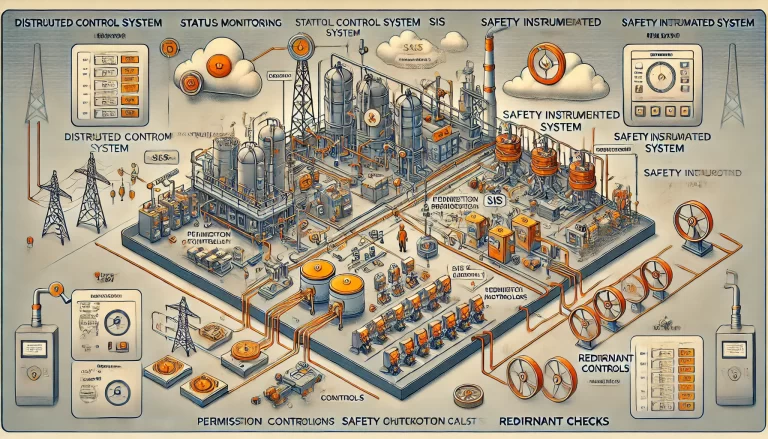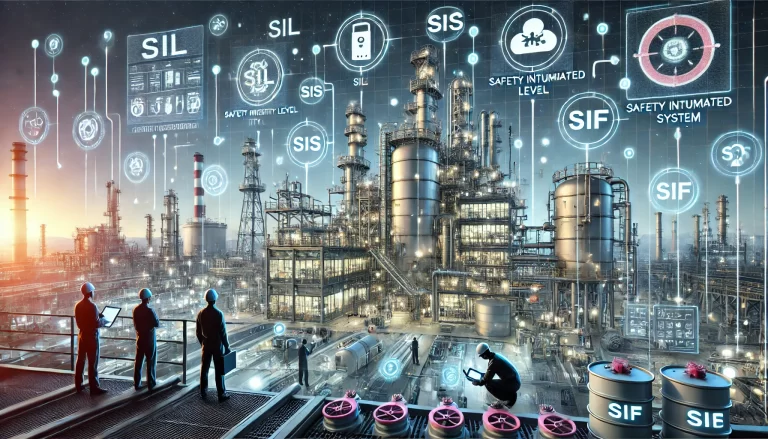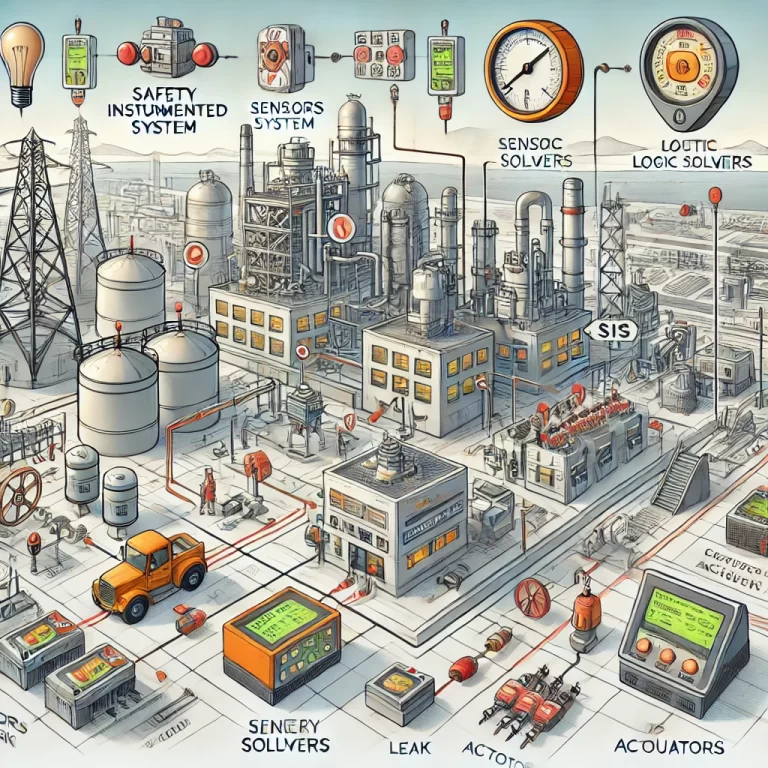Safety Instrumented Systems (SIS) are critical components in many industrial settings. While safety certifications are essential, they alone do not define a system as an SIS. There are two key criteria to determine whether a system qualifies as an SIS: technical standards and engineering standards.
- Technical Standards: The system must comply with IEC61511, which provides guidelines for the functional safety of SIS in process industries.
- Engineering Standards: Compliance with GB/T 50770 is mandatory. This standard outlines the engineering requirements for SIS implementation.
For a system to qualify as an SIS, it must satisfy both criteria.

Essential Hardware Requirements for SIS
Safety Certification:
- Systems typically obtain certification from reputable organizations such as TÜV Rheinland (Germany), Bureau Veritas (France), TÜV Nord, or Exida (USA).
- Be cautious of counterfeit certifications, as no universal authority regulates certification authenticity.
- Leading SIS manufacturers often prioritize TÜV Rheinland certification due to its reliability.
Redundancy:
- An SIS must have redundant hardware structures, typically involving three CPUs operating simultaneously.
- According to GB50770, critical components such as CPUs, power supplies, input/output modules, and communication units must support redundancy and allow online replacement without disrupting operations.
Independence:
- SIS must operate independently and should not be used for process control functions.
Fail-Safe Design:
- A fail-safe mechanism ensures that in case of a system or power failure, relays de-energize, valves activate, and operations shift to a safe state.
Bypass Control:
- Implement strict authorization protocols and procedural safeguards for bypass operations.
SIL Evaluation:
- A system’s Safety Integrity Level (SIL) assessment is the most direct indicator of compliance. Review SIL classification and validation reports to verify SIS performance.

Optimal Installation Position for Pressure Transmitters in Steam Pipelines
The installation position of pressure transmitters in high-temperature, high-pressure steam pipelines significantly impacts measurement accuracy and equipment reliability. Here’s a comparison of two common configurations:
1. Installing Above the Pipe Tap
This approach offers two key advantages:
- Minimized Condensate Interference:
- Steam generates condensate, which can distort pressure readings. By positioning the transmitter above the pipe tap, the impulse line tilts upward, preventing condensate from entering the transmitter. For instance, in a pipeline operating at 10 MPa and 500°C, significant condensate can lead to inaccurate readings if not properly managed.
- Reduced Heat Exposure:
- Locating the transmitter away from the pipeline reduces thermal radiation, protecting sensitive electronic components. High-precision transmitters often operate optimally within a specific temperature range (e.g., -20°C to 70°C). Excessive heat can damage components or compromise accuracy.
2. Installing Below the Pipe Tap
While simpler to implement, this configuration presents notable challenges:
- Condensate Accumulation:
- Condensate readily accumulates in the transmitter, leading to erroneous readings. In large industrial pipelines, condensate can form in substantial volumes, making accurate pressure measurement nearly impossible.
- Increased Maintenance Costs:
- Additional drainage systems are required to manage condensate, necessitating frequent inspections. Furthermore, impurities and debris at the pipe’s bottom can clog impulse lines, increasing maintenance workloads.

Recommendation
For high-temperature, high-pressure steam pipelines, installing the pressure transmitter above the pipe tap is generally the most effective approach. Regardless of the chosen method, ensure that the design accounts for specific operational conditions and that maintenance protocols are well-established.
